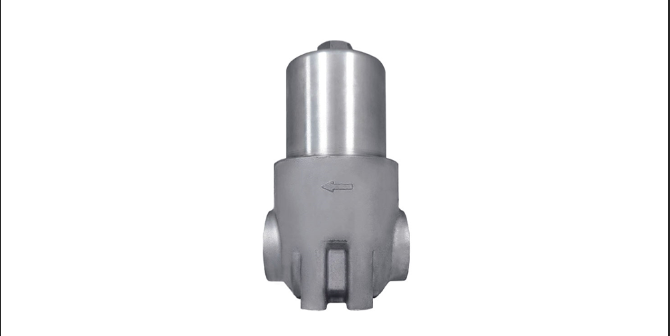Improving the tightness of the filter is the key to ensure its normal operation and extend its service life. The specific methods are as follows:
1. Select the appropriate sealing material of the filter
(1) Contact packing seal
Use solid sealants such as neoprene rubber sheet, closed cell sponge rubber sheet, and liquid sealants such as silicone rubber, neoprene rubber, and natural rubber. Solid gaskets are usually mechanically pressed by bolts, with a compression of 30% to 50%, and liquid sealants are sealed by filling and adhesion methods.
(2) Liquid slot seal
A certain height of non-Newtonian sealing liquid is injected into the groove frame, and the knife edge of the filter is inserted into the sealing liquid, so that the air passage on both sides is blocked to achieve the purpose of sealing. This method is generally used for clean room seals of class 100, class 10 and higher cleanliness.
(3) negative pressure leakage seal
The air leaking from the positive pressure space is artificially channeled to the negative pressure space outside the working area to ensure that the working area is not polluted. This method is suitable for small-scale clean room seals, such as negative pressure ceilings.
2. Follow the installation specifications of the filter
(1) Prepare for installation
In order to prevent the filter from being polluted, the unpacking inspection and installation must be carried out after the installation of the air cleaning system, the air conditioner, the filter box, the air duct and the clean room are cleaned. At the same time, check the flatness of the filter frame or the end face, and the allowable deviation of the end face flatness should not be greater than 1mm each.
(2) Installation requirements
When installing the high efficiency filter, ensure that the direction of the air flow is consistent with the direction of the arrow mark on the outer frame. When the filter assembled with corrugated plates is installed vertically, the corrugated plates must be vertical to the ground and not reverse. The sealing of filter and frame generally adopts two kinds of top tightening method and pressing method, and some use knife rack filter liquid tank sealing device.
3. Optimize the sealing structure of the filter
(1) Top tightening method and pressing method
Top tightening allows for the installation and replacement of filters in clean rooms; The compaction law can only be carried out in the suspended ceiling or technical sandwich. Both of these methods should be handled gently during installation to avoid contamination and damage to the filter material and sealant.
(2) Liquid tank seal
The liquid tank sealing device is made of aluminum alloy plate pressed into two, three, four way groove connecting parts, connected with screws and assembled into one body, injected with non-Newtonian sealing liquid. During the installation process, the plane accuracy of the liquid tank and the deviation of the vertical and horizontal center line of the liquid tank should be controlled to ensure the sealing effect.
4. Strengthen daily maintenance of the filter
(1) Regular inspection
Filter and mounting joints are checked for leaks, defects are found and remedial action is taken. For example, high efficiency filters and their installation, if there are small holes or tiny cracks, will lead to poor purification effect, so strict leak detection tests must be carried out.
(2) Timely replacement
When the installed filter needs to be moved or replaced, prepare tools such as trays in advance to prevent liquid overflow or damage to the filter. At the same time, it is necessary to regularly check the status of the seal and sealant, such as aging, damage, etc., should be replaced in time.
5. Train operators
(1) Professional training
Professional training for operators, so that they understand the sealing principle of different types of filters and installation requirements, improve operational skills and responsibility. Reduce sealing problems caused by improper operation through training.
(2) Experience sharing
Operators are encouraged to share experiences and best practices to continuously optimize sealing methods and processes to improve the overall sealing effect.

